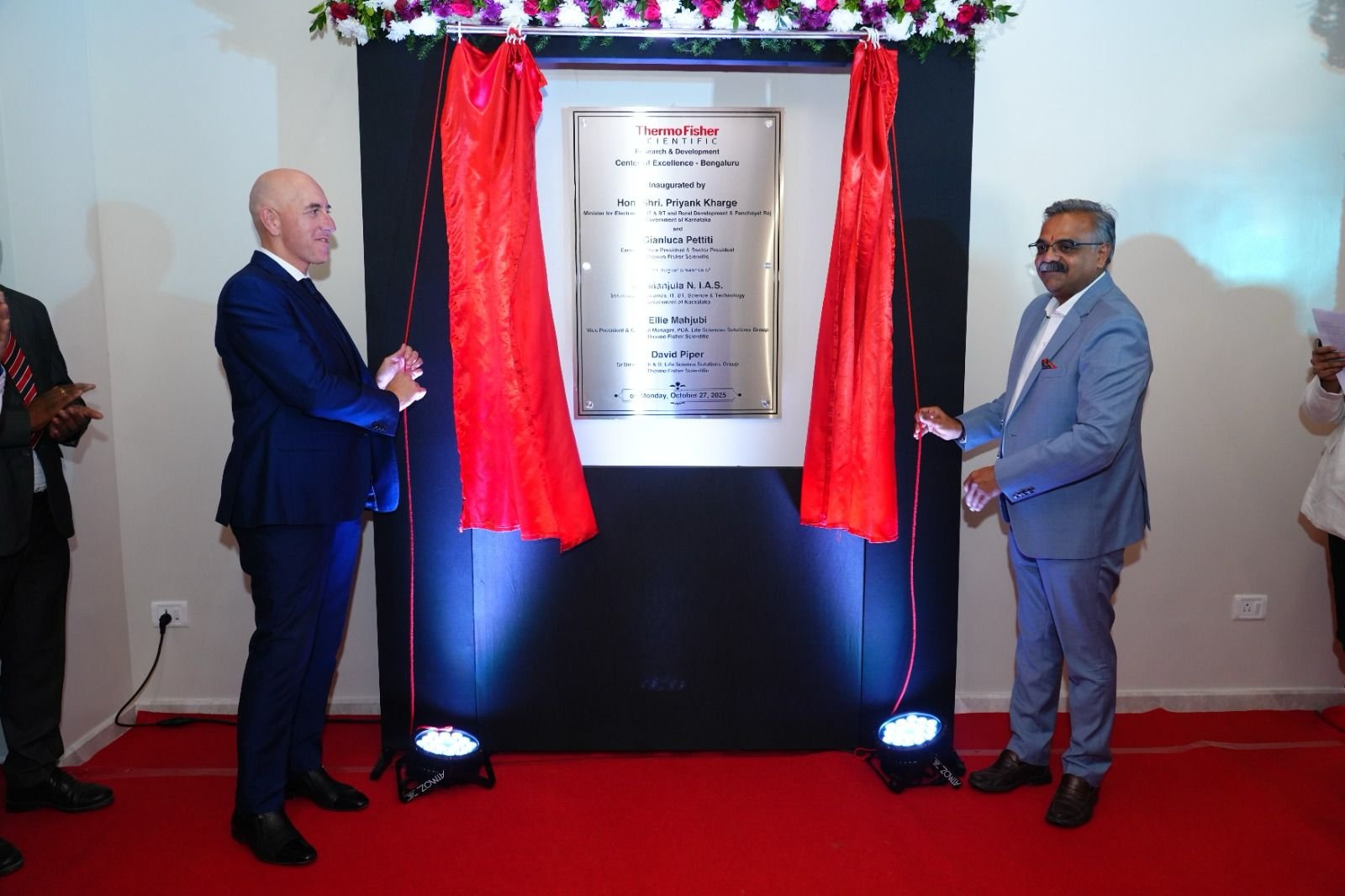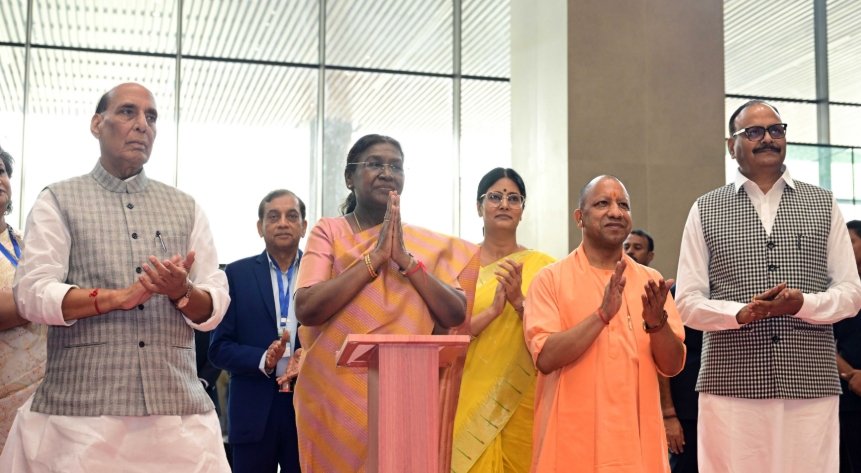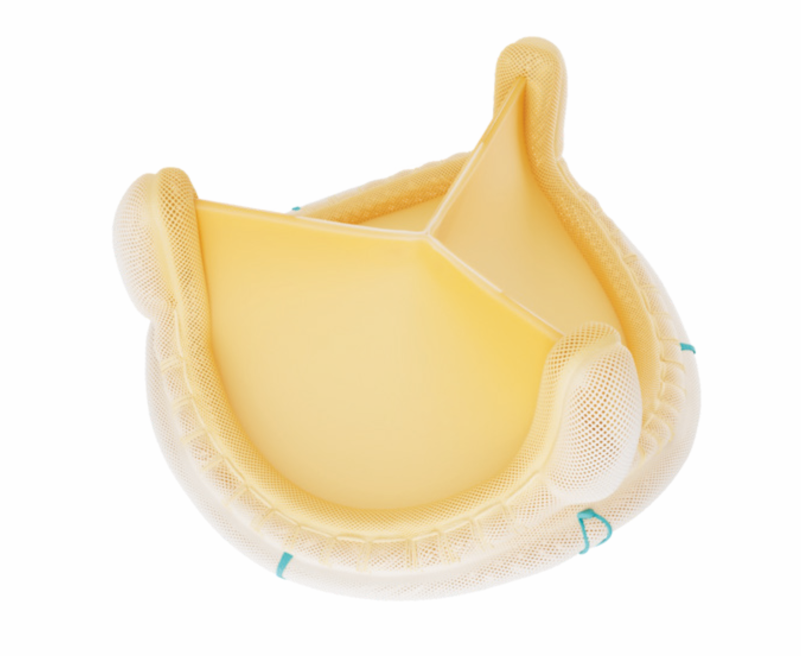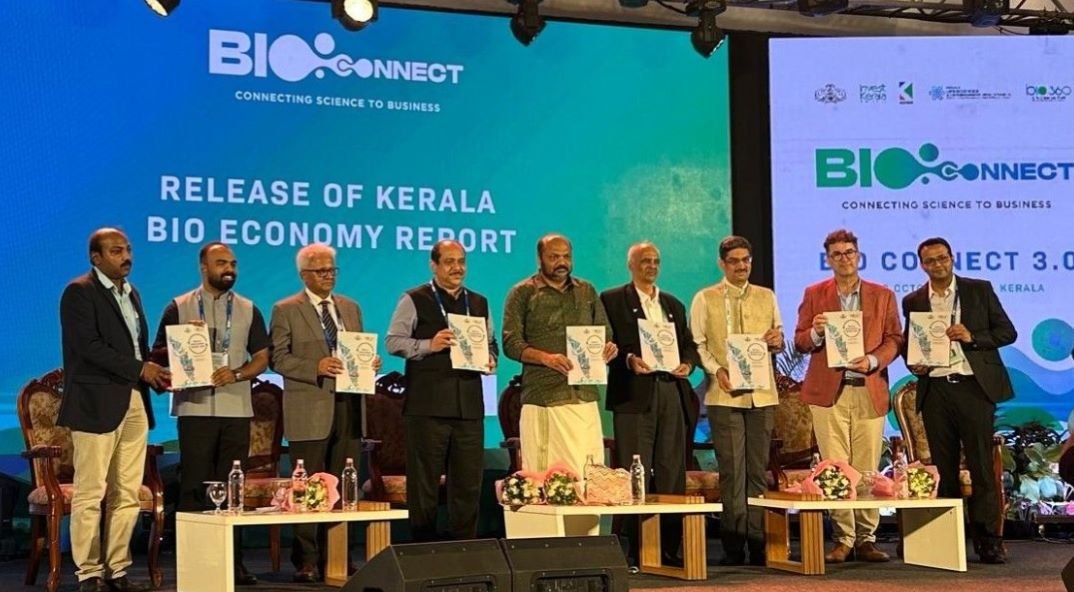Scaling CAR-T for India: How ScaleReady’s G-Rex grant is empowering Immuneel Therapeutic
July 08, 2025 | Tuesday | Interviews | By Ankit Kankar | ankit.kankar@mmactiv.com
Josh Ludwig, Global Director of Commercial Operations at ScaleReady, shares how their G-Rex® platform is transforming the economics and scalability of cell and gene therapy in emerging markets like India.
Earlier this year, Immuneel Therapeutics achieved a significant milestone by becoming one of the first Indian companies to receive regulatory approval for the commercial sale of a CAR-T therapy. However, as patient demand surged, Immuneel faced the challenge of scaling its all-in-one manufacturing platform—known for its clinical reliability but limited in cost-effective expansion. Recognising this bottleneck, ScaleReady stepped in with its G-Rex® Grant, selecting Immuneel as a strategic partner in India.
Josh Ludwig, Global Director of Commercial Operations at ScaleReady, speaks with BioSpectrum India about how this collaboration marks a turning point in industrial-scale cell and gene therapy (CGT) manufacturing in emerging markets. He delves into how the G-Rex® platform optimises production efficiency, enhances facility throughput, and lays the groundwork for more affordable access to advanced therapies across India and beyond.
What made Immuneel Therapeutics the right fit for this G-Rex® Grant, and how does it reflect ScaleReady's vision for cell and gene therapy in emerging markets like India?
Immuneel has received approval from India’s regulatory bodies for commercial production and sale of a CAR-T product earlier this year. The all-in-one-manufacturing platform Immuneel has used to date, to generate the clinical data and manufacture the commercially-approved CAR-T product, is a well-known and widely disseminated all-in-one platform. However, that all-in-one-manufacturing platform is not able to scale out in a cost effective manner, and therefore Immuneel is unable to meet the patient demand for its CAR-T drug. Immuneel recognized that a change of manufacturing platform is needed to enable scaled manufacture, and that the G-Rex platform would enable it to achieve the cost-effective scale out needed meet the demand for its CAR-T drug.
Hence, Immuneel Therapeutics was an ideal candidate and ultimately recipient, for a G-Rex grant.
How does the G-Rex platform uniquely support industrial-scale CAR-T manufacturing, especially in cost-sensitive geographies like India?
All-in-one manufacturing system have the common disadvantage of leaving portions of the system idle for long periods of time. Ultimately that limits throughput, increases cost, including a huge amount of wasted facility space.
Prodigy provides a good example of all-in-one manufacturing system deficiencies. As but one example, Prodigy integrates cell separation technology that typically separates T-cells from other cells. The process takes about 2 hours. Thereafter, the T cells are moved into a chamber in the all-in-one-system where cells are typically expanded in quantity for 7 days. Meanwhile, the cell separation technology is completely idle, doing nothing but taking up space during the 7 day expansion period.
In a G-Rex centric manufacturing process, no equipment remains idle. While in an all-in-one manufacturing system, the cell separation equipment sits unused while cells are in the expansion phase, a G-Rex process is able to perform T cell isolation for one patient after another, each patient taking 2 hours.
With regards to patient throughput, I have included comparisons of each stage here:
- During each 8-hour shift of a G-Rex process, cells can be isolated from the apheresis of 4 patients per shift using a G-Rex approach.
- With one 8-hour shift per day, in 7 days a G-Rex process can initiation drug product manufacturing for 28 patients compared to only 1 patient for Prodigy.
- With two 8-hour shift per day, in 7 days a G-Rex process can initiation drug product manufacturing for 56 patients compared to only 1 patient for Prodigy.
- With three 8-hour shift per day, in 7 days a G-Rex process can initiation drug product manufacturing for 84 patients compared to only 1 patient for Prodigy.
The advantages of G-Rex go far beyond just starting more patient manufacturing process per day in a G-Rex process versus the all-in-one-systems – it also enables a more efficient use of space. During the cell expansion stage, G-Rex can process 48 patients in the amount of space occupied by just one all-in-one manufacturing system.
With a projected demand of 200 doses per day, what production and delivery efficiencies does this collaboration aim to unlock in the short and long term?
We anticipate the ultimate benefit of the collaboration with be two-fold.
First, the cost of CAR-T drug product manufacturing inclusive of labor, burden and material will be merely $18,000 plus the cost of the genetic engineering construct.
Second, due to the much higher patient throughput per sq. ft. of facility in comparison to all-in-one-systems, the size of the manufacturing facility will be much smaller than is possible with all-in-one-systems, thereby significantly reducing up-front capital expenditures.
What role do you foresee for public-private partnerships in supporting the scalability and affordability of CAR-T in India?
Our knowledge in that area is evolving. We are consistently seeing that the governments of low to middle income countries are deeply interested in bringing CAR-T to their citizens, and therefore expect that governments will be eager to reduce the barriers to achieving that objective.
Could you share examples from other regions or partners where the G-Rex grant has enabled successful translation of cell therapies from lab to clinic?
Through the G-Rex Grant Program, we are collaborating with entities in most parts of the world, including in Asia (India, China, South Korea, Japan, Thailand, Nepal, etc.), Latin America (Mexico, Argentina, Brazil, Chile, etc.), the Middle East (Turkey, Saudi Arabia, Qatar, Israel, UAE, etc.), Oceania (Australia and New Zealand), and much of Western and Eastern Europe. In fact, about half of our ~300 G-Rex Grants are to entities outside the United States seeking to transition to G-Rex from their current platform. To us, this represents evidence that those emerging markets value the simplicity, cost- and space-efficiency, and flexibility that the G-Rex approach offers.
Are their future plans to expand?
Yes - through CellReady, the world’s only G-Rex centric manufacturing facility, we intend to adopt the lean manufacturing efficiencies that were established by entities such as McDonalds to transcend existing CGT manufacturing limitations. That will allow expansion of McDonalds style CGT manufacturing centers globally and result in worldwide dissemination of the world’s most affordable CGT drug products.
(ankit.kankar@mmactiv.com )









